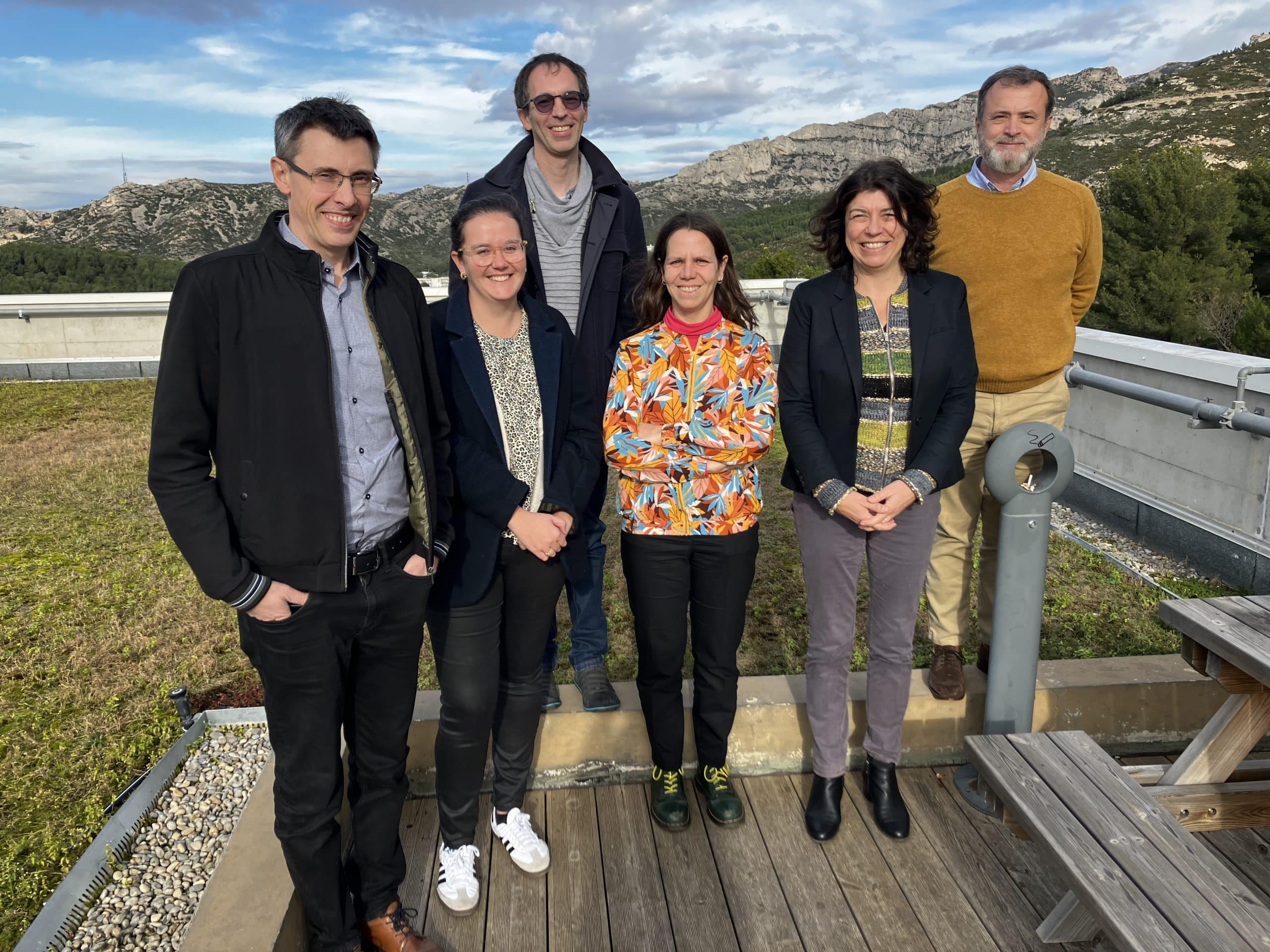On the following subject: Distribution and reactivity of dissolved Black Carbon in coastal environments: Application to the Bay of Marseille (France) and the Red River Delta - Gulf of Tonkin (Vietnam).

Composition of the jury
- Emma ROCHELLE-NEWALL, Rapporteur, Research Director, IRD
- Arnaud HUGUET, Rapporteur, Research Director, CNRS
- Melika BAKLOUTI, Examiner, Chair of the jury, Professor, AMU
- Eva ORTEGA-RETUERTA, Examiner, Research Fellow, CNRS
- Xavier MARI, Thesis Director, Director of Research, IRD
- Marc TEDETTI, Thesis co-supervisor, Research Director, IRD
- Cam Tu VU, Guest Lecturer, USTH
Abstract
"The aim of this thesis was to gain a better understanding of the distribution, fluxes and biological and chemical reactivity of dissolved black carbon (DBC) in relation to dissolved organic matter (DOM) in coastal environments. Field campaigns were carried out in the Bay of Marseille (1 campaign), the Van Uc estuary (2 campaigns) and the main branch of the Red River delta in Vietnam (3 campaigns). In the laboratory, the optical properties of DOM_BC solutions were compared with those of marine and terrestrial DOM. The biological and chemical reactivities of DOM_BC and DBC were evaluated via a biodegradation experiment involving marine heterotrophic prokaryotes and fluorescence quenching experiments with polycyclic aromatic hydrocarbons (PAHs).
In the bay of Marseille, the mean concentration of DBC was 15.0 ± 5.1 μg C L-¹, with values of concentrations near shipping lanes, reflecting the influence of maritime traffic. In the Van Uc estuary, the mean concentration of DBC was 27.9 ± 12.7 μg C L-¹, and was highest in November, after the rainy season. Several local sources were identified, and DBC concentrations decreased from the river towards the estuary, reflecting the impact of phototransformation during transport to the ocean. In the Red River, DBC concentrations ranged from 29.0 ± 10.2 μg C L-¹ in March to 65.6 ± 12.4 μg C L-¹ in September. The decreasing CBD concentrations from Hanoi city towards the estuary in June were consistent with the majority of the river's input to the estuary. Conversely, the increasing concentrations of BCD towards the estuary in March and September appeared to be attributable to groundwater intrusion phenomena around Hanoi, diluting the BCD upstream in the dry season, and to the release of larger quantities of BCD washed out by the rains and transported in patches along the river in September. We have estimated that the Red River delta is responsible for around 0.14 % of the global flow of DBC to the ocean.
The study of the optical properties of DOM_BC led to the proposal of a fluorescence index, COX, which is suitable for detecting combustion products in the marine environment. The biodegradation experiment showed a decrease in DBC of 27 to 45 % in 3 months, depending on the origin of the BC, accompanied by a decrease in the DOM_BC content (DOC, PAHs, FDOM). The bioavailability of DBC was influenced by the origin and oxidation of the BC and the dynamics of the prokaryotic communities. The partition coefficients between DOM_BC and PAHs (phenanthrene and benzo[a]pyrene), measured by fluorescence quenching, were 18 and 265 × 10³ L kg C-¹, i.e. higher than those for natural DOM.
This thesis work has made it possible to confirm DBC as a non-refractory component of coastal and oceanic DOM. Further molecular analyses, such as FT-ICR-MS, would clarify the sources and deepen our knowledge of the modification of DBC by biotic and abiotic processes".
Zoom link : https://univ-amu-fr.zoom.us/j/81164757165?pwd=Roq3hNGMEaWg4xzbxdIskVbcdci51Z.1




